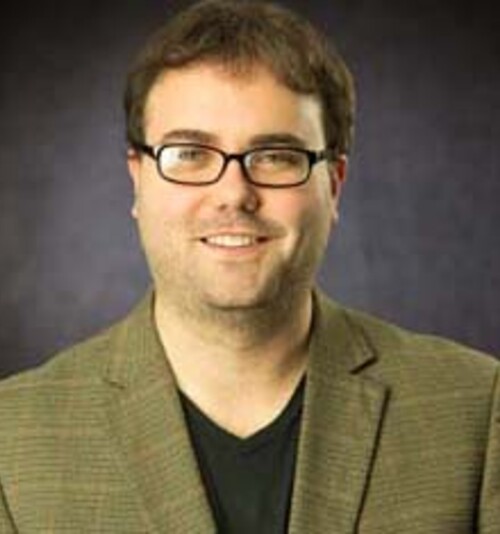Thomas Wisniewski

Rhythm is everywhere—in the music we listen to, in the way we dance, even in how we breathe. It’s in this sentence and in the one before.
And while in literary studies most people associate rhythm with poetry, Thomas Wisniewski, a PhD candidate in comparative literature, wants to turn our attention to an understudied, yet prevalent phenomenon—the rhythm of prose.
Rhythm, according to Wisniewski, is an integral part of prose that is all too often overlooked. He sees the artificial binary between poetry and prose all but collapse during the first half of the 20th century, with the work of modernist authors such as James Joyce and Virginia Woolf. He links rhythm to orality and posits that the rise of attention to rhythm in prose coincides with the advent of recording technology and its capacity to disseminate the human voice. By studying master prose stylists in English, Spanish, Italian, and French, Wisniewski seeks to understand how rhythm works in the modernist novel.
Wisniewski believes that by training ourselves to read the rhythm of prose, we can more closely perceive not only what makes a work of literature great, but also deepen our understanding of the complexity of rhythm across the arts. “Attention to rhythm,” Wisniewski says, “is attention to beauty.”

